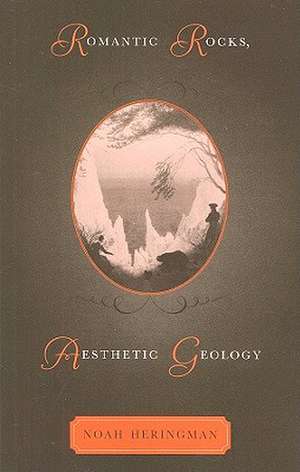Romantic Rocks, Aesthetic Geology
Autor Noah Heringmanen Limba Engleză Paperback – 24 feb 2010
| Toate formatele și edițiile | Preț | Express |
|---|---|---|
| Paperback (1) | 335.96 lei 6-8 săpt. | |
| MB – Cornell University Press – 24 feb 2010 | 335.96 lei 6-8 săpt. | |
| Hardback (1) | 451.06 lei 6-8 săpt. | |
| MB – Cornell University Press – 28 mar 2004 | 451.06 lei 6-8 săpt. |
Preț: 335.96 lei
Nou
Puncte Express: 504
Preț estimativ în valută:
64.29€ • 66.74$ • 53.61£
64.29€ • 66.74$ • 53.61£
Carte tipărită la comandă
Livrare economică 22 martie-05 aprilie
Preluare comenzi: 021 569.72.76
Specificații
ISBN-13: 9780801476266
ISBN-10: 0801476267
Pagini: 326
Ilustrații: 14
Dimensiuni: 151 x 228 x 26 mm
Greutate: 0.5 kg
Editura: MB – Cornell University Press
ISBN-10: 0801476267
Pagini: 326
Ilustrații: 14
Dimensiuni: 151 x 228 x 26 mm
Greutate: 0.5 kg
Editura: MB – Cornell University Press
Descriere
This book reexamines a wide range of eighteenth- and nineteenth-century poetry to discover its relationship to a broad cultural consensus on the nature and value of geology, rocks, and landforms.
